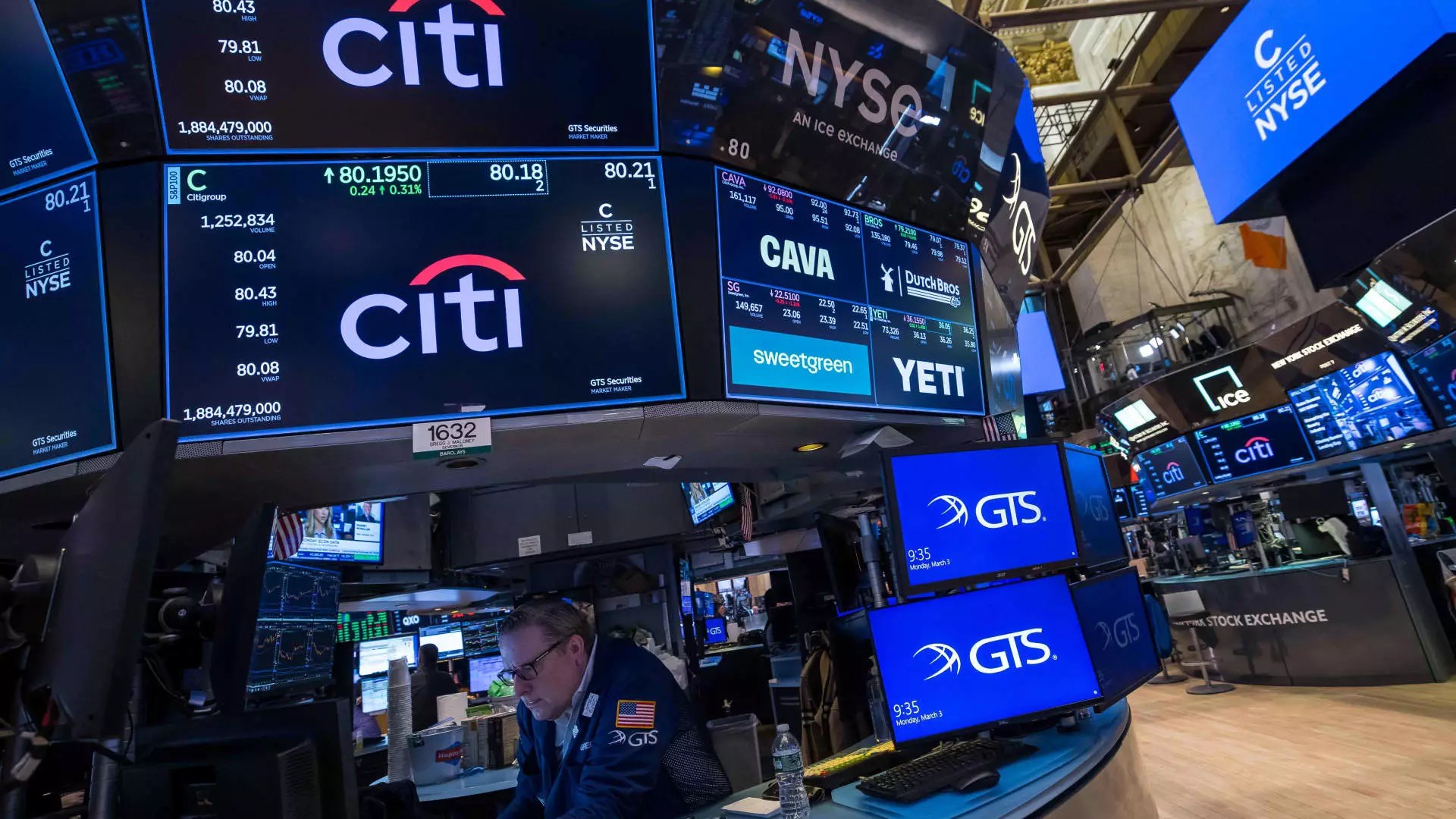In an era where markets seem perpetually in flux, the assumption that falling interest rates automatically translate into lucrative opportunities is dangerously simplistic. While analysts and strategists like Citi’s Scott Chronert paint a picture of a straightforward relationship—lower rates benefiting growth stocks and certain sectors—the reality is far more intricate. Investors would do well to recognize that the narrative of triumph or disaster attached to interest rate movements oversimplifies the multifaceted influences that drive market performance. The obsessive focus on rate cuts as a catalyst for a booming market neglects the nuanced interplay of underlying economic health, global pressures, and sector-specific dynamics.
The traditional view presumes that lower interest rates, often implemented to stimulate a sluggish economy, coincide with robust growth for stockholders in tech, small-cap, and financial sectors. But history demonstrates that this correlation is far from guarantees; rate cuts frequently signal underlying economic distress that could offset any immediate benefits. This dichotomy—between the perceived opportunity and the actual economic environment—ought to serve as a cautionary tale for investors who cling to simplistic assumptions. It reveals a fundamental flaw in the prevailing market narrative: the conflation of cause and effect without considering the broader macroeconomic context.
The Myth of a One-Size-Fits-All Response
The idea that all stocks will respond uniformly to rate cuts is fundamentally flawed. Citi’s analysis, which hinges on the potential for different economic outcomes—positive, neutral, or negative—exposes a market-wide myth. Growth stocks and small to mid-cap equities may thrive under certain conditions, but only when a slowing economy remains resilient enough to sustain positive momentum. When economic indicators deteriorate, defensive stocks—low-beta, dividend-paying, less volatile—often outperform because they provide stability amid turbulence.
Investors who overly rely on rate trends without assessing the broader economic signals risk substantial losses. The assumption that a steepening yield curve or a falling 2-year Treasury yield portends straightforward gains is a deception if not paired with economic fundamentals. Markets do not operate in a vacuum; they are dynamic entities influenced by myriad factors, including geopolitics, fiscal policy, and global economic health. Overconfidence in the predictive power of interest rate movements encourages risky complacency, which can be catastrophic when the economic backdrop shifts unexpectedly.
Dissecting Market Sensitivity: The Illusion of Convenience
The stocks cited as most sensitive to falling interest rates—like Gap and EchoStar—illustrate how market narratives often target certain sectors based on recent performance and hype. Gap’s recent rally, driven in part by anticipated tariff impacts and expansion into beauty, underscores how news-driven optimism can temporarily distort perceptions of fundamental strength. This kind of market behavior masks the real question: are these companies genuinely positioned to benefit from lower rates, or are they simply riding short-term momentum fueled by speculative enthusiasm?
Similarly, EchoStar’s meteoric rise linked to spectrum license sales makes its story compelling but also reminds us how easily market sentiment can be driven by isolated events rather than underlying business fundamentals. Investors who jump into these stocks conditioned by the hope of rate-induced gains may overlook the vulnerabilities that exist beneath the surface—such as tariff risks for Gap or spectrum market volatility for EchoStar.
The Center-Left Perspective: Vigilance in Uncertain Times
From a liberal-indistinct vantage point that advocates for cautious optimism and responsible investment, the key takeaway is that an overreliance on interest rate trends can distort perceptions of economic stability. While it’s tempting to see rate cuts as a sign of impending prosperity, history warns that they often precede economic downturns. Investors should instead focus on the structural strengths and vulnerabilities of companies, considering sustainability and long-term viability rather than short-term rate-driven momentum.
The risk is in believing that a lower-rate environment automatically signals a bull market, thus disregarding the importance of sound economic policies, income inequality, and sustainable growth. Sound investing, in this light, requires a disciplined approach—recognizing that the market’s response to rate cuts is heavily contingent upon the health of broader economic indicators. It’s not enough to chase stocks that have historically been interest rate sensitive; investors need to critically assess whether these companies are resilient enough to weather a downturn that could be lurking just around the corner.
Ultimately, a nuanced understanding, rather than simplistic narratives, will serve investors best in navigating the uncertain waters ahead. This isn’t about pessimism but about responsible centering—acknowledging that markets are inherently complex and that success depends on more than just interest rate forecasts.

